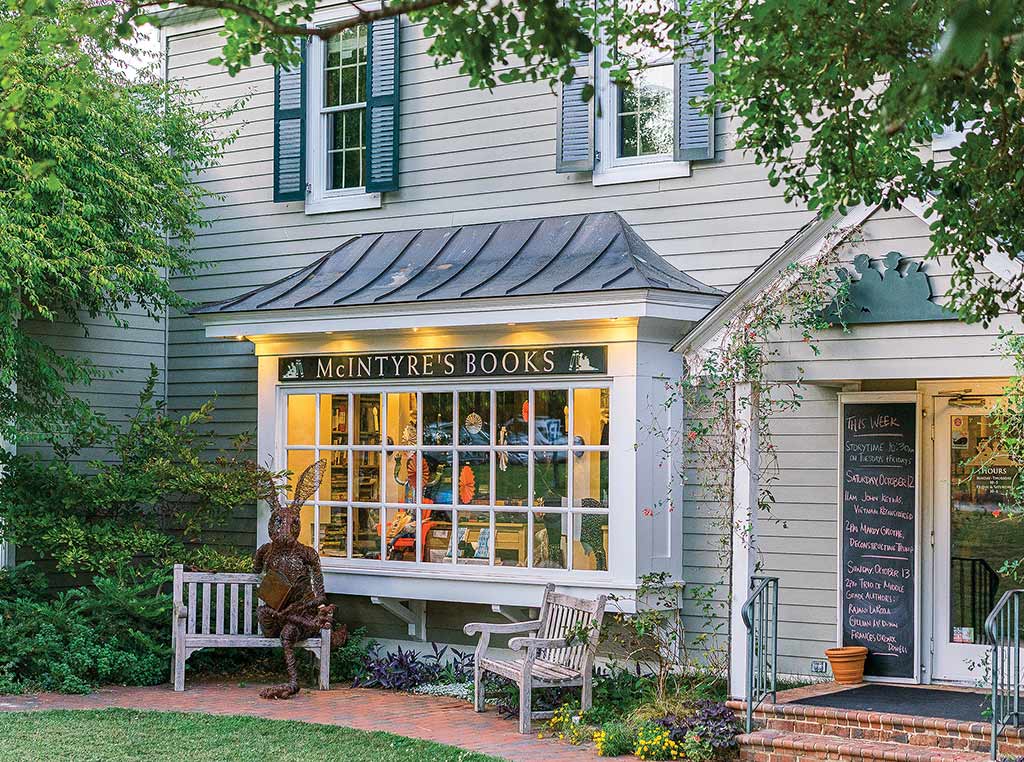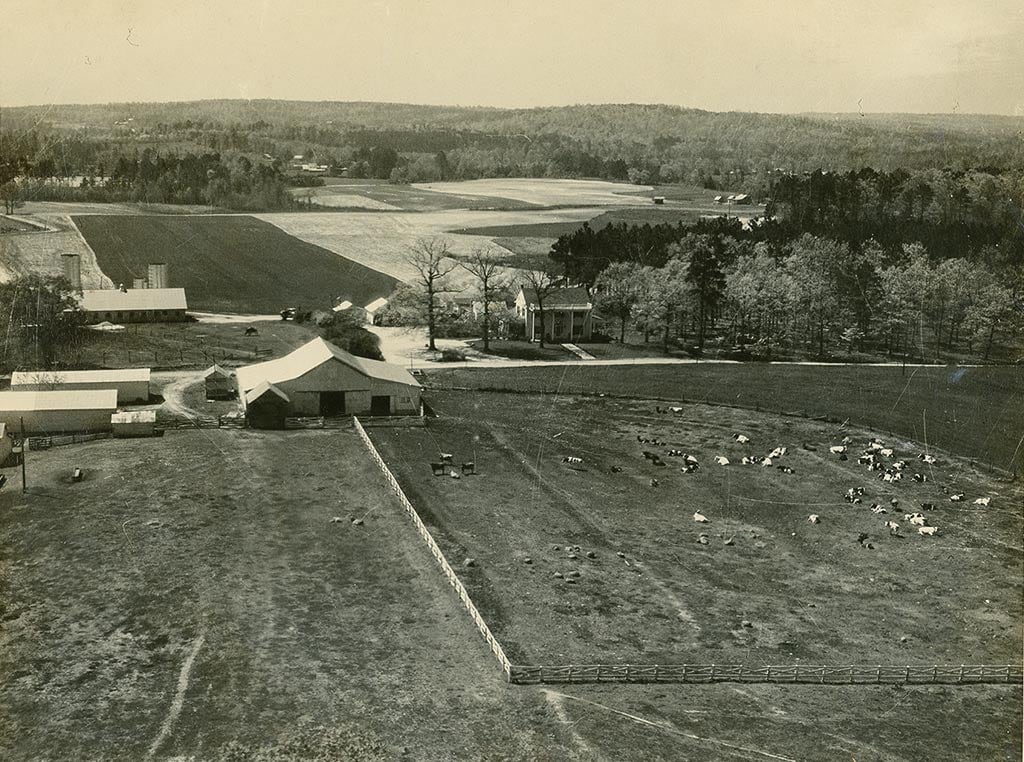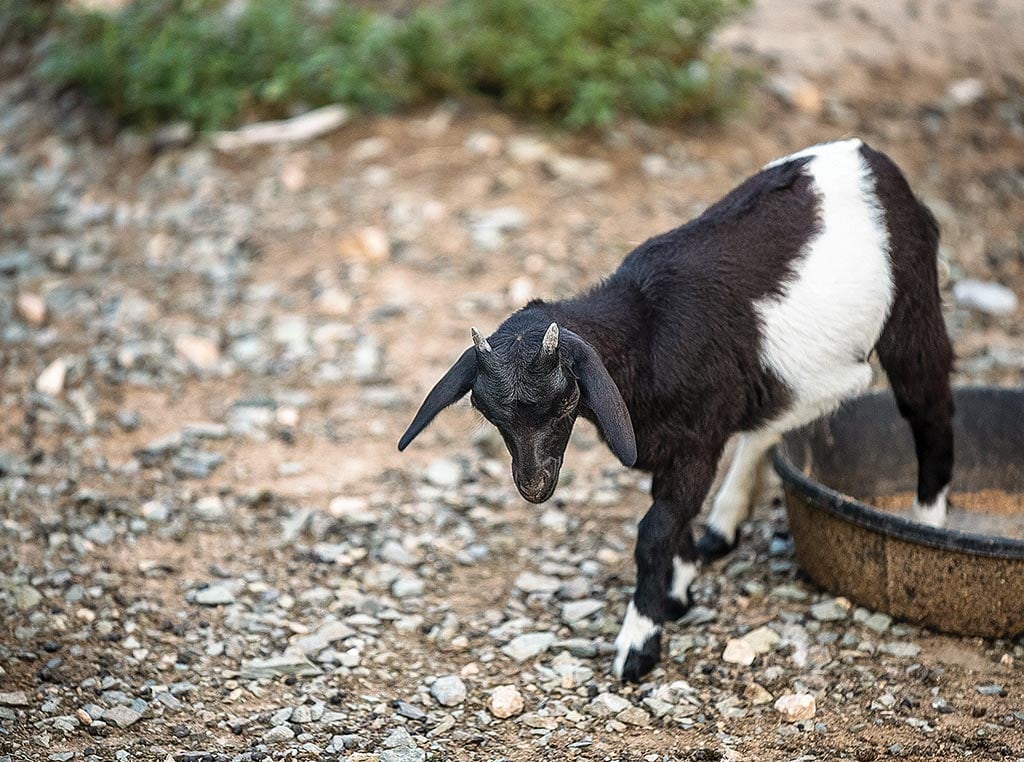Specialty/Niche December 01, 2022
Selling Off the Farm
.
But decades later, the cattle remain.
Urban sprawl is nothing new. Farmland near a city gets sold off to developers regularly, and new neighborhoods pop up almost as quickly as you could build the same thing in the computer game SimCity. Often the only connection these new neighborhoods keep to their previous existence is by being named after the farm family or what had been grown on the acreage.
The Research Triangle area of North Carolina linking Raleigh, Durham, and Chapel Hill together is one of these places. In particular, a dairy farm established by the Fearrington family in the late 1700s — on what is now the southwestern edge of The Triangle — was sold off to developer R.B. Fitch and his wife Jenny in 1974. Fearrington Village is now home to more than 2,500 people.
But, this 4-square-mile area in Chatham County is a little different than all the other farmland developments, and not only because it is known for its residents having the most advanced degrees of any N.C. town, according to the Census Bureau's American Community Survey counting bachelor degrees and higher.
What really makes this community stand out is that there are still cows in the pastures.
When you visit Fearrington Village today, the first thing you see are Belted Galloway cattle. They welcome you in and set the tone for your stay.
Above. (Photos by Krystal Kast) Many farm buildings have been turned into retail, dining, and event venues in the village square.
A different development. "Unlike other developers who clear and use every inch, R.B. Fitch wanted to make sure to maintain the green spaces, pastures, and established trees for this development," says Theresa Chiettini, who manages the hotel and retail part of the community. "R.B. modeled the design after the English countryside, where he was stationed in the Air Force. Even today, as they open new sections for additional homes, they clear just the roads and enough space for the footprint of each house, leaving the rest of the trees."
The village square is a blend of a quaint, English town and southern farmstead. "The first store R.B. added was the bookstore because he believed it would be a draw like they are in English, small towns," Chiettini says. "The farmhouse is now our hotel and fine dining restaurant. The milking barn is one of the stores. The granary is another restaurant, and the horse barn is an event venue."
The original dairy herd left before the property changed hands, but it was not long until cattle were back in the pastures. An employee spotted some Belted Galloway cattle on her travels and made the pitch for a small herd to fill the front pasture back up.
Eventually, the staff added Tennessee Fainting goats and Columbian Wyandotte chickens to the mix, following the black and white theme of the Belted Galloways. Most of the animals live out their lives at Fearrington Village. But, some young goats are donated to petting zoos and some cows are sold to other breeders, according to Bob Strowd, who has managed the animals for the past 25 years.
Close by country charm. Patrick McGahan, who just joined the homeowner’s association as the grounds and landscaping manager, didn’t necessarily move here in early retirement for the livestock, but he happily visits them every day during his runs. "It’s the talk of the town when there is a new calf," he says.
Most residents are over 65 years old, according to Census data, but there is a mix of ages and lifestyles. "The common thread," McGahan explains, "is that people move to Fearrington Village to find their forever home in this bucolic setting that is also still close to great health care, the universities, and many other amenities."
Fitch’s desire to leave the landscape mostly untouched has proven to be a good decision. A recent community survey showed the significant tree canopy over the area is one of the residents’ most valued aspects, other than the cows.
Chiettini says the same is true for day and overnight visitors. Many guests are from a short drive away. "They feel like they’ve gotten away without really driving very far. They can come for a night or two in the Relais & Châteaux hotel and have a spa treatment, a fine dining experience, or just unplug by the pasture." ‡
Above. Developer R.B. Fitch designed the community to keep as much of the existing landscape and heritage as possible. Many of the structures and trees shown in the vintage aerial photo remain today. What is new are the goats.
Read More

RURAL LIVING, SPECIALTY/NICHE
Dancing for Joy
Gurdeep Pandher and the power of positivity.

AGRICULTURE, SUSTAINABILITY
Building Bonds
Innovation drives Southern California food hub and regenerative farms.







